As a passionate home cook and food blogger for Food and Meal, I’m always seeking out tasty new recipes to share with my readers – especially flavorful vegetarian dishes. Recently I discovered an incredible black bean recipe that I simply had to try.
As soon as I read through the ingredient list, my mouth started watering. The recipe called for protein-packed black beans, zesty spices like cumin and chili powder, gooey melted cheese, and toppings like avocado and cilantro lime sauce. My creative juices started flowing thinking about how the flavors would meld together. I envisioned the satisfying heartiness of the black beans, kicked up with Southwestern spices and cooled by creamy avocado and tangy sauce. It sounded so fresh and delicious!
Beyond just the mouthwatering flavor potential, black beans also appealed to me for their versatility. As the blogger noted, they make fantastic veggie options for backyard barbecues and summer parties. But they’re also great to meal prep for quick, protein-rich lunches to power you through the busy workweek. The recipe even suggested serving them for a fun taco night by piling the beans into soft corn tortillas with all the fixings. I loved this flexibility!
Black Beans Recipes
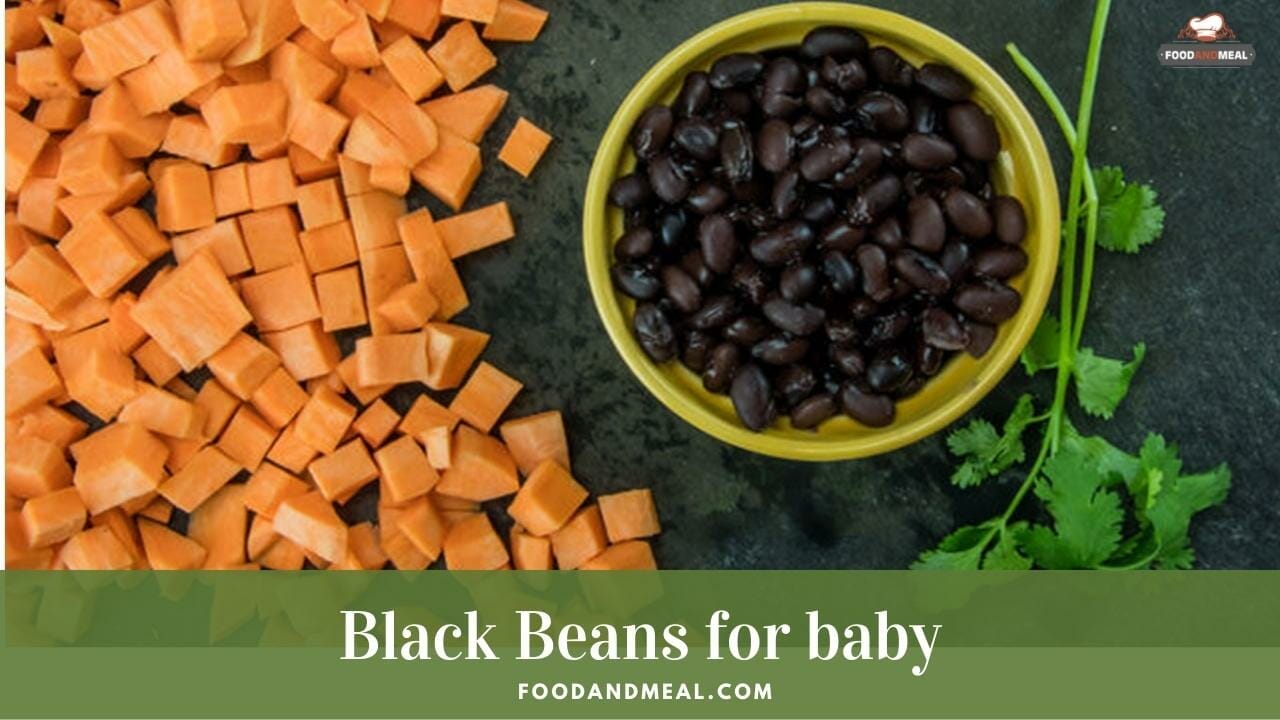
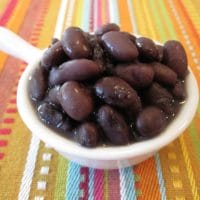
BLW Black Beans
Ingredients
- 1 15.5-ounce can black beans or 1 cup dried beans, soaked overnight, then rinsed
- ½ cup onion finely chopped
- 2 garlic cloves minced
- 1 teaspoon cumin
Instructions
- For canned beans: In a small saucepan on medium-high heat, combine the beans, onion, garlic, and cumin. Bring to a boil for at least 5 minutes, then simmer on low heat for 30 minutes, or until the onion and garlic are completely cooked through. If the beans begin to look dry, add water or low-sodium broth, a few tablespoons at a time.
- For dried beans: In a large stockpot, bring 4 cups water to a boil. Add the beans and return to a boil for a few minutes. Reduce heat to a simmer. Add the onion, garlic, and cumin. Allow to simmer, covered, for 1½ to 2 hours, until desired tenderness is reached. If the beans begin to look dry, add water or low-sodium broth, ¼ cup at a time, until desired consistency is achieved.
- Store leftovers in a sealed container in the refrigerator for up to 3 days.
Video
Notes
Nutrition
© Food And Meal
This website provides approximate nutrition information for convenience and as a courtesy only. Nutrition data is gathered primarily from the Spoonacular Database, whenever available, or otherwise other online calculators.
Tips and Tricks for making baby food

Black beans can be prepared in various ways. Cooking at a low temperature is the most convenient method. It doesn’t require refrigeration, and you can easily make purees. Once cooked, black beans are easy to eat and don’t create a mess. In addition to the smooth texture, black beans are also incredibly versatile and can be used for finger foods and spoonable dishes. If you aren’t confident about your child’s ability to chew on food, try making purees.
Black beans are a great choice for your baby’s first foods. These healthy snacks don’t make a mess and are a great source of plant-based protein and fiber. For optimal immune health and a robust microbiome, your baby needs to eat a variety of fiber. Additionally, black beans are a great source of omega 3 and 6 fatty acids. And, they don’t require refrigeration.
You can prepare black beans for your baby in just five minutes and your baby will love it. They’re also rich in vitamins and minerals. You can even mix them with rice to make a filling for a sandwich. You can also serve a pureed version of black beans with diced tomatoes and carrots. The benefits are limitless. If you’re unsure, try some of these delicious recipes. You’ll be happy you tried them!
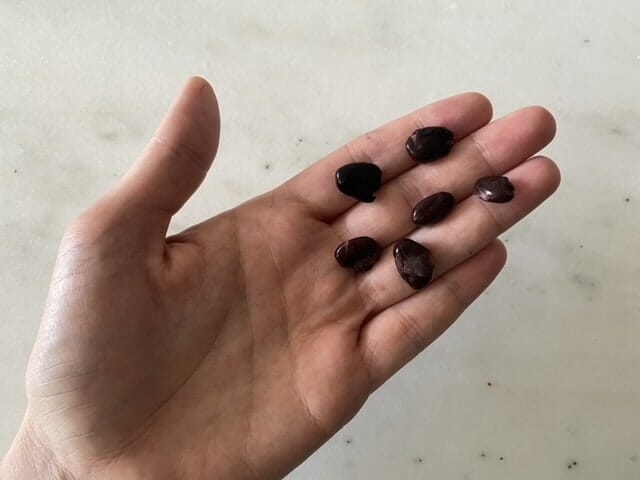
Because black beans are a high-fiber food, they are perfect for babies who have a pincer grip. They are also a good source of plant-based protein and fiber. A diverse diet is essential for optimal immune health, and black beans are a great source of omega 3 and 6 fatty acids. The best way to prepare black beans for baby is to cook them until they’re smooth and creamy. However, remember that canned beans should be refrigerated after opening.
When preparing black beans for baby, be sure to prepare the beans so that they don’t become too tough. You can prepare them in a variety of ways. For example, you can serve them whole or squashed beans for easier handling. Another option is to make pureed black beans for your baby. You can serve these as a finger food or even mix them with rice. You can also make them into a pureed dish or make them into a dip.
Cooking black beans is not difficult. You can prepare them as a puree for baby in five minutes. If you’re using natural yogurt for your baby, you can serve black beans as finger food. If you’re using the natural yogurt, you can serve the black beans with a homemade yogurt cheese. For a self-feeding baby, black bean pureed beans are also a good choice. You can serve them with vegetables such as carrot and tomato.
The first thing you should do is prepare black beans for your baby. You can serve them in their whole form or remove the skin before feeding them. Ensure that you do not salt them. The acidic substances will cause them to become tougher. If you’re serving black beans to a self-feeding baby, you can serve them in a variety of ways. You can even use them in a pinch as a dip or spread.
To prepare black beans for your baby, keep the beans at a low simmer. They can be eaten by 9 to 18 months, and the texture of them is ideal for their pincer grip. A few tips: don’t over-season the beans, and avoid salting them. If you don’t have a lot of time to prepare black beans, try to serve them at room temperature or a temperature that is comfortable for your baby.
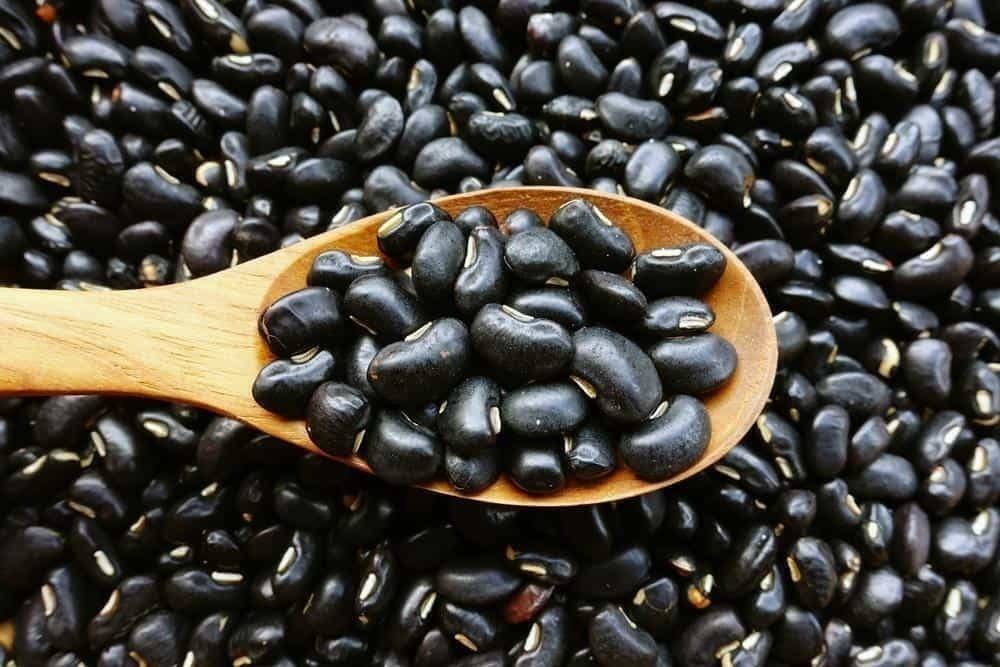
Cooking Tips
Firstly, soaking dried black beans before cooking can soften them and reduce cooking time, making meal preparation more efficient. Secondly, don’t be afraid to experiment with various spices and herbs to add depth and character to your black bean dishes. Whether it’s a pinch of cumin for warmth or a hint of cilantro for freshness, these additions can elevate the overall taste. When cooking with canned black beans, don’t forget to rinse them under cold water to remove excess sodium and preserve their natural flavors. Embrace the joy of creativity in the kitchen, allowing yourself to customize recipes according to your taste preferences. From hearty stews to vibrant salads, black beans bring a wholesome richness to your meals. With these tips, cooking with black beans becomes a delightful culinary journey, full of flavors and personal touches.
Serving Suggestions
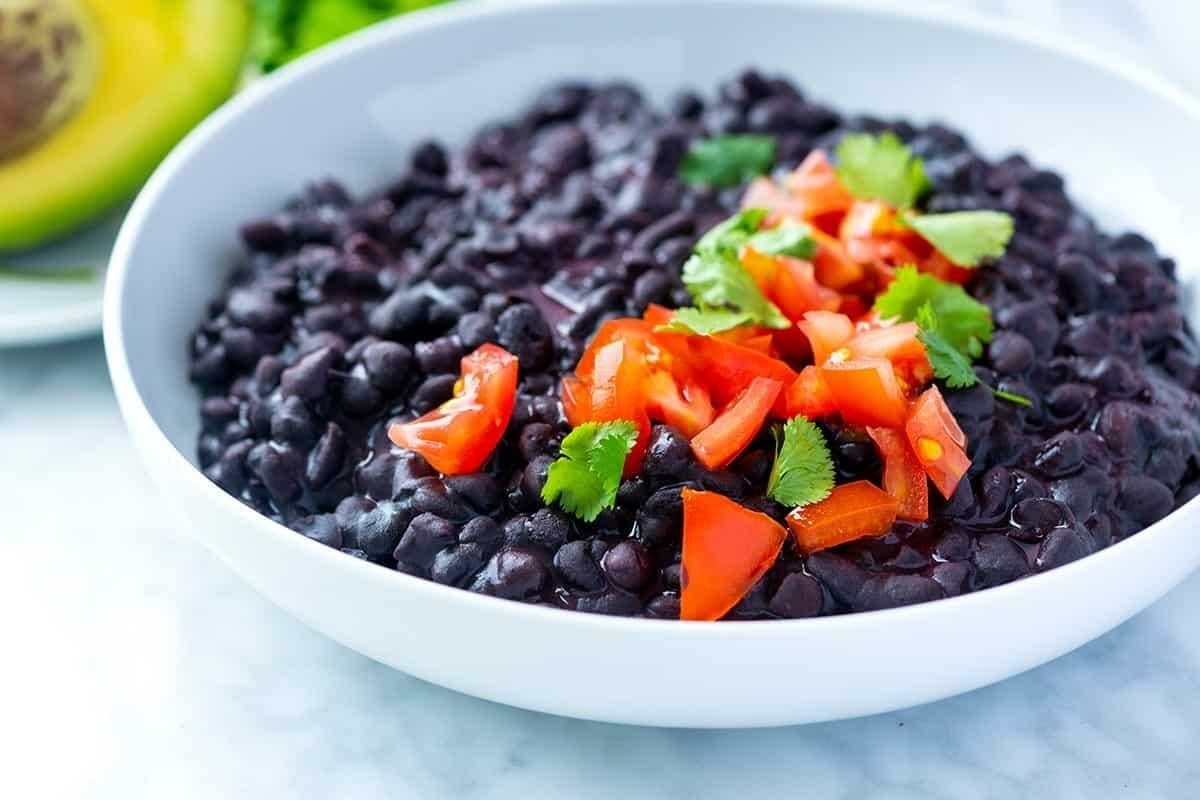
Transform your dining experience with the versatile and nutritious addition of black beans, exploring a range of creative serving suggestions that promise to tantalize your taste buds. Incorporate black beans into Vegetable Maki for a protein-packed sushi delight or pair them with BLW Carrot Fries for a wholesome and finger-friendly snack. Introduce a blend of flavors by combining black beans with Pumpkin Porridge, creating a comforting and nutrient-rich meal. Elevate your Schezwan Noodles with the addition of black beans, providing a hearty and flavorful twist to this classic dish. Whether enhancing the Spicy Tuna Maki, contributing to a vegetarian gyoza filling, or adding depth to the Creamy Tuna Soup, black beans prove to be a versatile ingredient that seamlessly complements a variety of cuisines.
FAQs (Frequently Asked Questions)
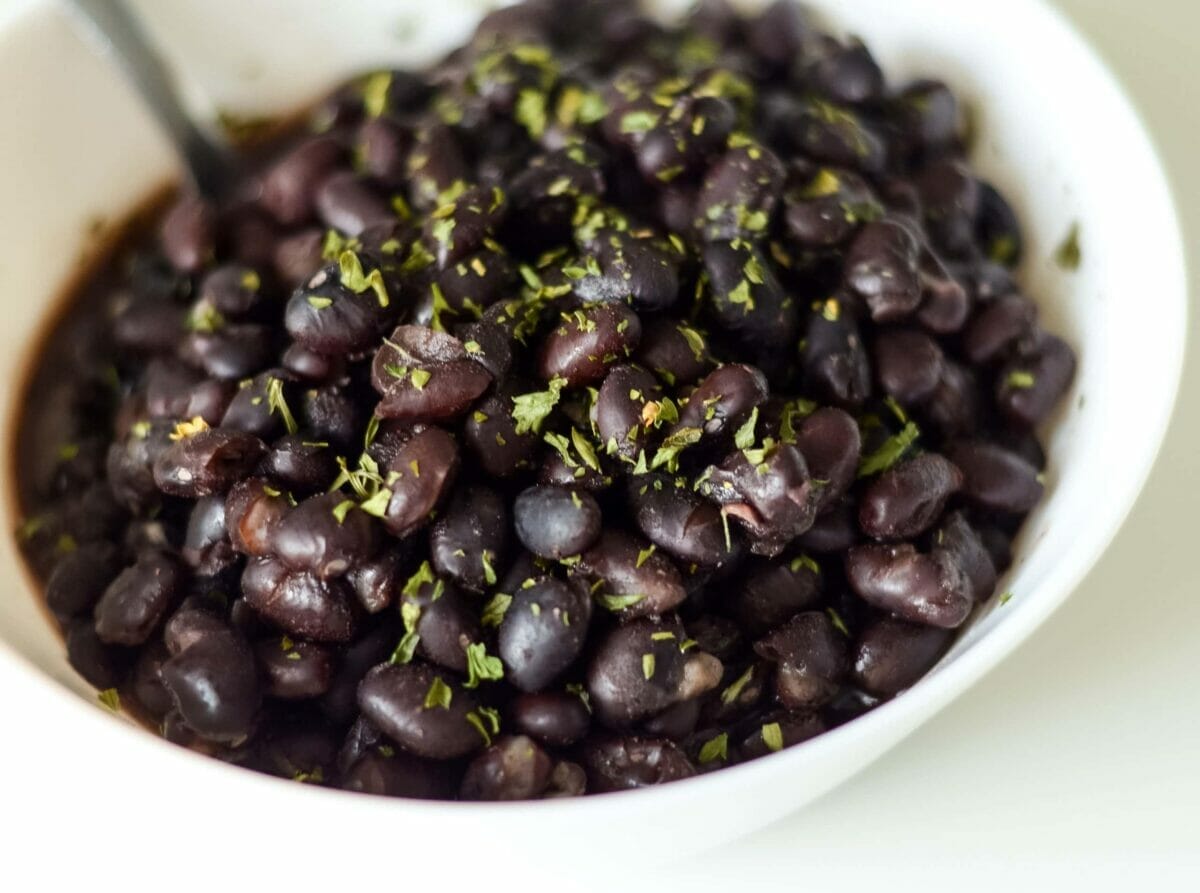
- Can I Use Canned Black Beans? Yes, you can, but remember to rinse them thoroughly to reduce sodium content.
- How Do I Store Leftovers? Store any unused portion in an airtight container in the refrigerator for up to 2 days. For longer storage, freeze in small portions and thaw as needed.
- Is It Necessary to Peel the Beans? While peeling isn’t mandatory, it does result in a smoother texture. However, if your baby is comfortable with a slightly chunky texture, it’s okay to skip this step.
- Can I Add Other Ingredients for Flavor? Absolutely! Experiment with mild herbs like parsley or basil, but avoid strong spices until your baby is older.
- How Do I Reheat the Puree? Gently reheat the puree on the stovetop or in the microwave, stirring occasionally to ensure even heating. Test the temperature before feeding.
Conclusion
In conclusion, our exploration of the culinary world of black beans reveals a myriad of possibilities, from savory sushi rolls to hearty soups and wholesome snacks. These serving suggestions showcase the versatility and nutritional benefits of black beans, adding both flavor and texture to a wide array of dishes. As we conclude this journey, we invite you to continue exploring the diverse and exciting recipes available at Food And Meal (foodandmeal.com). With a commitment to providing culinary inspirations that cater to every taste and preference, Food And Meal is your go-to resource for elevating your home cooking adventures. Whether you’re seeking wholesome snacks, comforting soups, or innovative twists on classic dishes, the platform offers a treasure trove of recipes to ignite your creativity in the kitchen. Embrace the joy of discovering new flavors and culinary possibilities with Food And Meal. Happy cooking!





